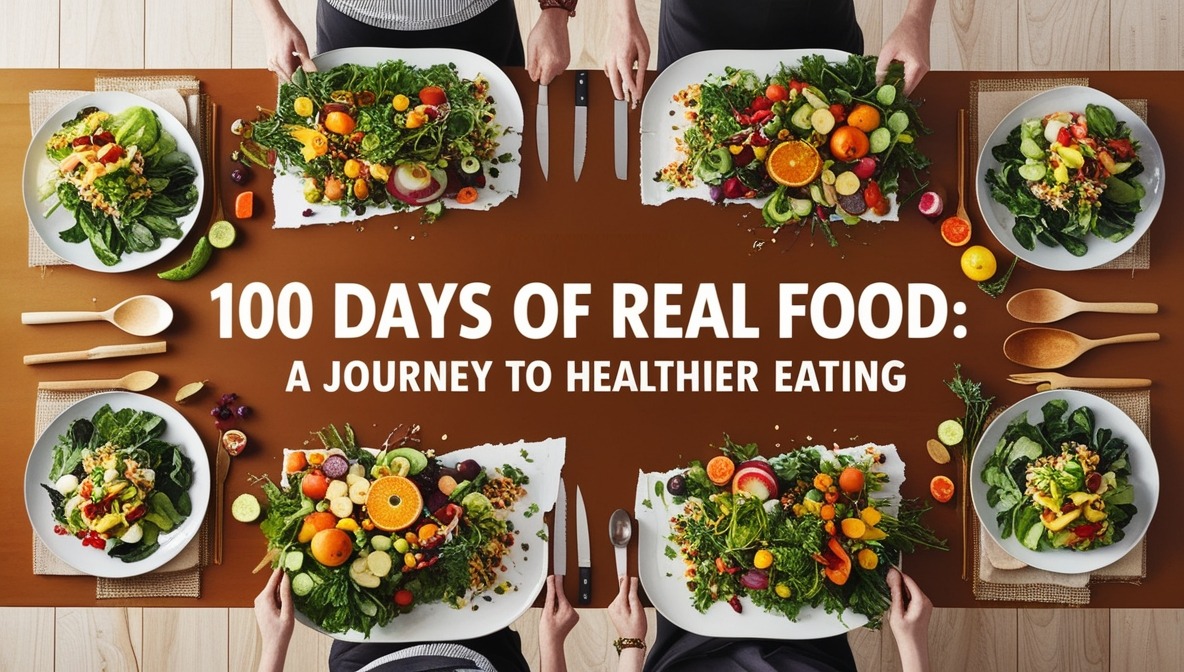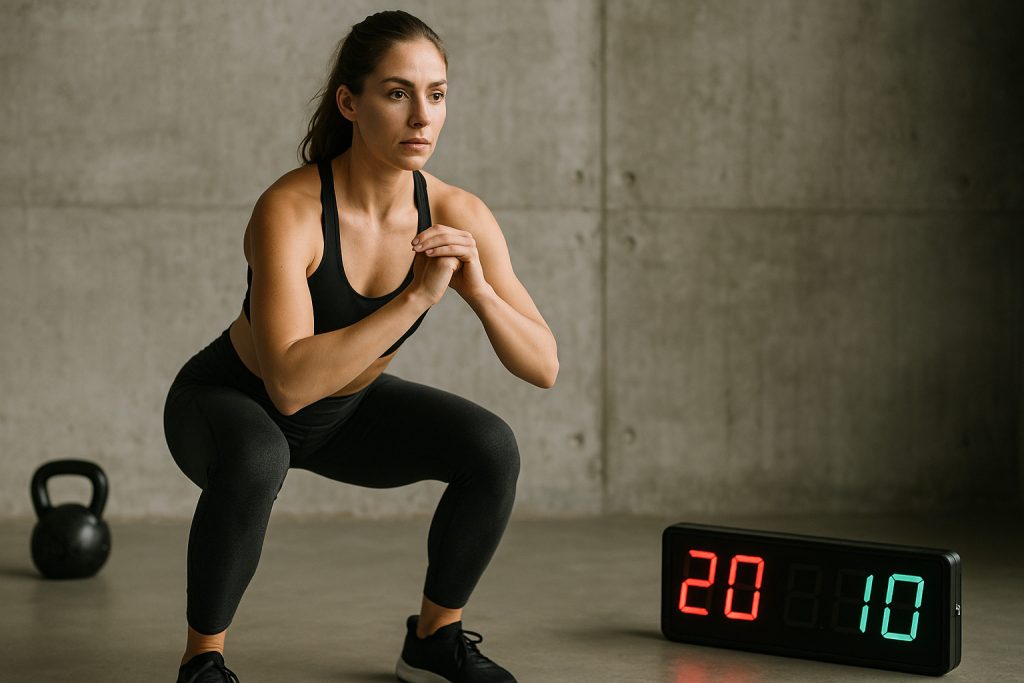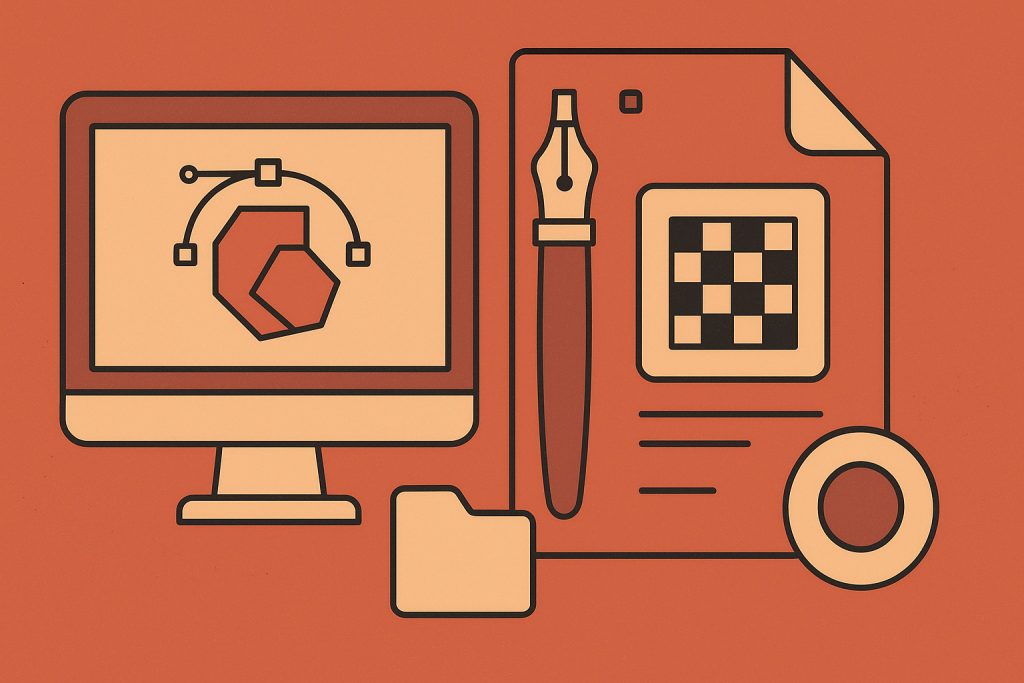Can you transform your eating habits in 100 days? By focusing on real, unprocessed foods, this challenge aims to reset your relationship with food, improve your health, and instill sustainable habits.
What is Real Food?
Real food refers to items that are as close to their natural state as possible. It includes fresh vegetables, fruits, whole grains, lean proteins, nuts, seeds, and natural sweeteners. It excludes processed ingredients like refined sugar, artificial additives, and heavily packaged products. The goal is to prioritize whole, nutrient-dense options.
Benefits of a Real Food Challenge
1. Improved Nutritional Intake
By eliminating processed foods, you reduce empty calories and fill your diet with vitamins, minerals, and essential nutrients.
2. Better Energy Levels
Unprocessed foods stabilize blood sugar, reducing energy crashes and boosting stamina throughout the day.
3. Weight Management
Real foods are lower in unhealthy fats and sugars, helping maintain a healthy weight.
4. Enhanced Digestion
High-fiber foods like fruits, vegetables, and whole grains promote a healthier gut.
5. Clearer Skin
Real foods hydrate and nourish your body, often resulting in improved skin health.
How to Start Your 100-Day Challenge
Step 1: Plan Your Meals
- Make a list of real food staples such as fresh produce, whole grains, lean proteins, and healthy fats.
- Plan meals for the week to avoid last-minute processed food purchases.
- Incorporating tools like a calorie calculator can simplify meal planning by tailoring portions to your nutritional needs
Step 2: Clear Out Processed Foods
- Remove items like sugary snacks, refined flours, and ready-made meals from your kitchen.
- Stock up on wholesome alternatives like oats, quinoa, fresh fruits, and vegetables.
Step 3: Commit to Cooking
- Aim to cook at least 80% of your meals at home.
- Use simple recipes that highlight the natural flavors of ingredients.
Step 4: Read Labels
- If you buy packaged goods, ensure they contain minimal ingredients.
- Avoid products with artificial additives, preservatives, or excessive sugar.
100 Days of Real Food Plan
Week 1-4: Transition Phase
- Focus: Gradually replace processed foods.
- Action Steps:
- Swap white rice with brown rice or quinoa.
- Replace soda with herbal tea or infused water.
- Snack on nuts, seeds, or fresh fruit instead of chips or candy.
Week 5-8: Building Momentum
- Focus: Add variety to your meals.
- Action Steps:
- Experiment with seasonal produce.
- Introduce new grains like farro or millet.
- Incorporate legumes like lentils and chickpeas into meals.
Week 9-12: Refining Habits
- Focus: Solidify your routine.
- Action Steps:
- Meal prep for the week to save time.
- Reduce reliance on natural sweeteners like honey or maple syrup.
- Focus on portion control and mindful eating.
Week 13-14: Full Integration
- Focus: Reflect and adjust.
- Action Steps:
- Identify challenges and find solutions for long-term success.
- Explore advanced recipes like homemade yogurt or fermented vegetables.
- Share your journey with friends or family to inspire others.
Tips for Success
Batch Cooking
Prepare large portions of grains, soups, or roasted vegetables to save time during busy days.
Shop Smart
Prioritize local farmers’ markets or organic sections to find the freshest ingredients.
Simple Snacks
Keep easy snacks on hand, such as boiled eggs, carrot sticks, or homemade granola.
Hydration Matters
Drink plenty of water to complement your healthy eating habits.
Celebrate Progress
Acknowledge milestones, like cooking every meal for a week or trying a new ingredient.
Recipes to Try
Breakfast: Overnight Oats
- Ingredients: Rolled oats, almond milk, fresh fruit, chia seeds.
- Instructions: Combine all ingredients in a jar, refrigerate overnight, and enjoy in the morning.
Lunch: Quinoa Salad
- Ingredients: Quinoa, spinach, cherry tomatoes, cucumber, olive oil, lemon juice.
- Instructions: Cook quinoa and toss with fresh vegetables, olive oil, and lemon juice.
Dinner: Baked Salmon with Vegetables
- Ingredients: Salmon fillet, asparagus, sweet potatoes, olive oil, garlic.
- Instructions: Arrange all ingredients on a baking sheet, drizzle with olive oil, and bake at 400°F for 20 minutes.
Snack: Energy Balls
- Ingredients: Dates, almond butter, oats, cacao powder.
- Instructions: Blend ingredients, roll into balls, and refrigerate.
Benefits After 100 Days
Completing 100 days of real food not only improves your physical health but also transforms your mindset around food. You develop a deeper appreciation for natural flavors, gain cooking skills, and establish habits that can last a lifetime.
Take the challenge to reconnect with wholesome eating, nourish your body, and feel the difference it makes.






